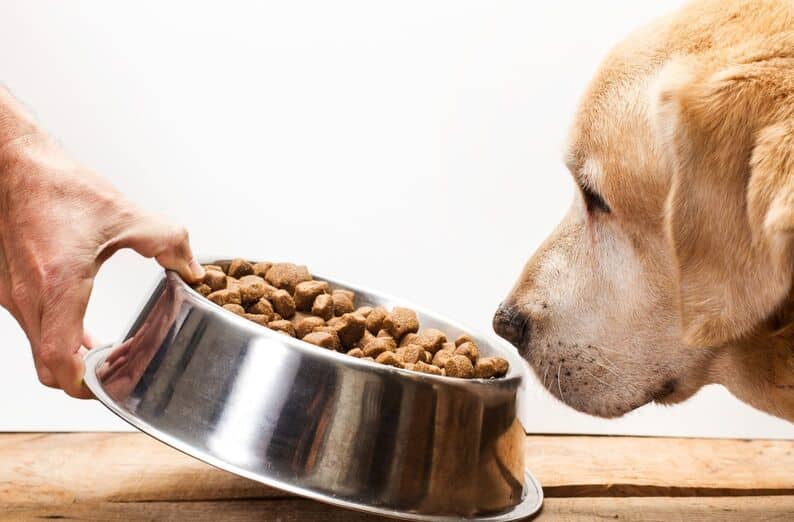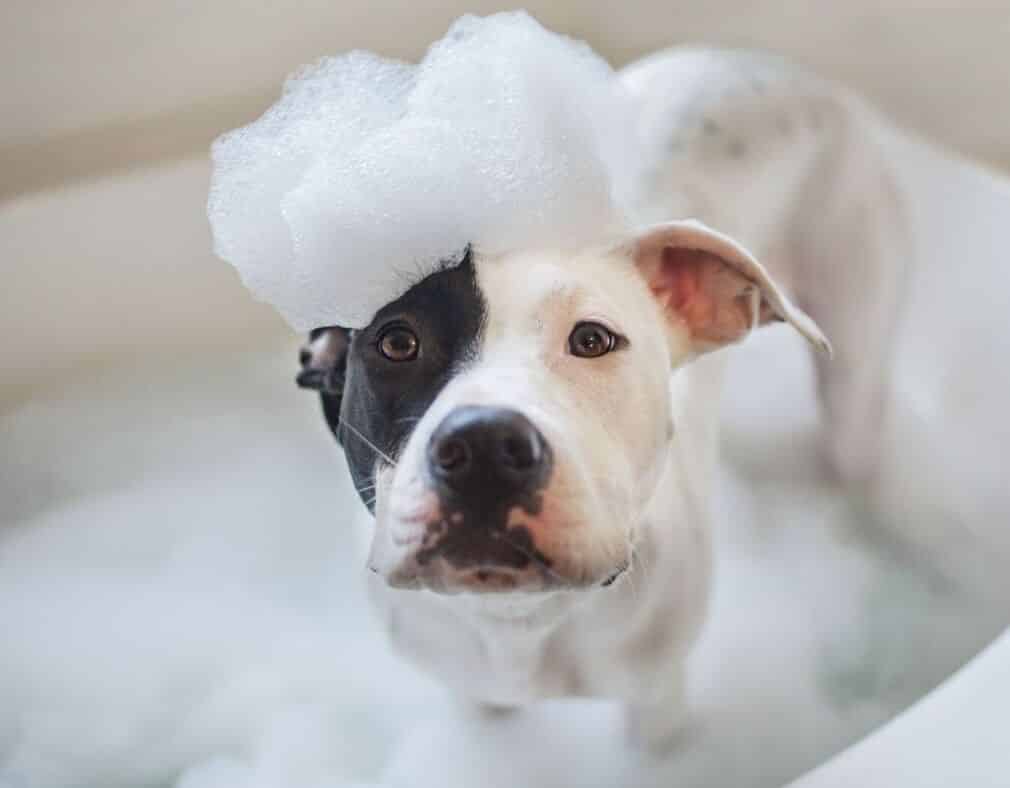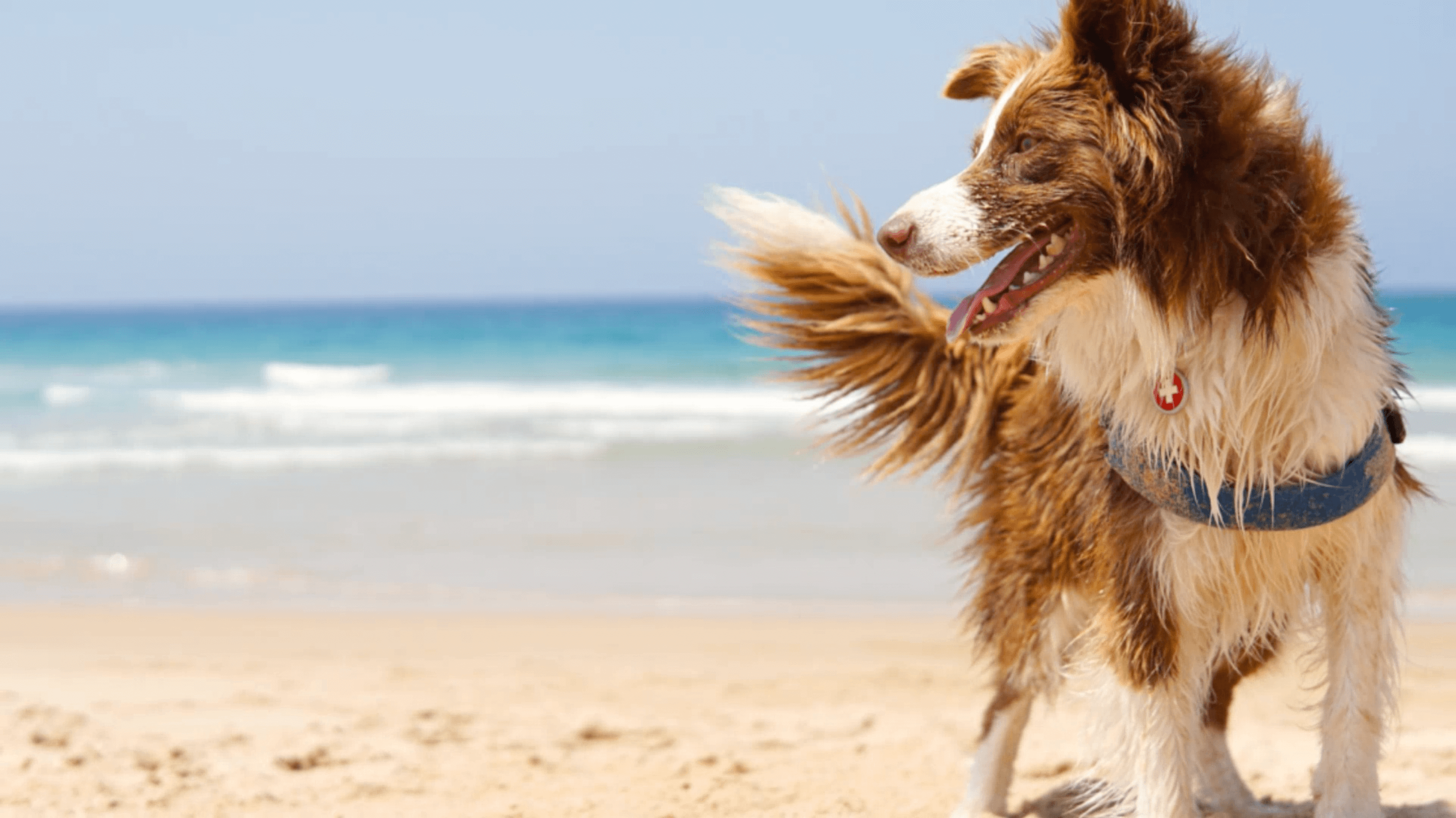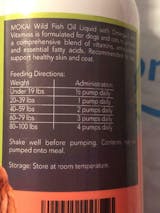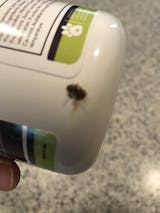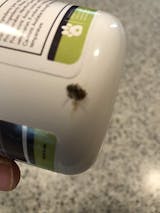Hot spots on dogs, also known as acute moist dermatitis, are every dog owner’s nightmare. They are a skin condition many dogs undergo at least one time in their lives. This painful and unpleasant dermatitis can appear from nowhere and spread rapidly. But the good news is hot spots can be treated and prevented.
What is a hot spot?
A hot spot is a smelly, itching red area of infection that spreads easily. It can also cause some hair loss in the area, due to nonstop scratching and licking. It tends to appear on your dog’s neck, face, or hips.
Usually, they are easy to detect and diagnose by a vet, but at an early stage, hot spots can be often confused with other skin conditions. Besides, they develop rapidly, so it’s important to consult with your vet if you see any skin patch or unusual behavior in your dog.

Causes of hot spots on dogs
Hot spots can start developing when your dog licks or scratches a particular area of his body. It starts as inflammation and then scales to red areas of infection and soreness. It is super itchy and painful, so you will see your dog constantly licking the affected area, trying to make it better.
They are likely to occur in dogs with thick coats, like St. Bernards, Golden Retrievers, Labradors, German Shepherds, among others. Besides, they are more feasible to appear in warm weather and high humidity.
Hot spots begin with excessive licking or chewing of the affected area. Some causes of extreme licking can be:
- Swimming: Long periods of swim can cause moisture to condense inside your dog’s coat.
- Humidity: This is the reason why hot spots tend to appear during Summer.
- Insect bites: Any small insect bite can cause itching and pain, hence, following licking and rubbing.
- Allergies: Dogs can be allergic to foods or environmental allergens.
- Boredom: Yes, dogs can get bored. Just like we bite our fingernails, they can lick themselves out of boredom.
Treatment of hot spots on dogs
The first thing you need to do, before even consulting with your vet, is to prevent your dog from further scratching and licking. You can use a buster collar or a cone to make sure he can’t do any extra harm to his wound. Besides, hot spots are infected areas, so make sure to keep them clean with Antiseptic and antibacterial wipes, these will help control your dog’s condition. After cleaning the affected area, you can clip his fur to avoid contact with the wound and keep it aired. If your dog’s hot spots are too infected, your vet will probably prescribe him antibiotics and anti-itch medication to help him heal better and faster.
But remember that prevention is key! So supplementing your dog with Omega-3 is one of the best ways to improve and maintain your dog’s skin health. The fatty acids of Omega-3 can make your dog less likely to suffer from skin conditions. You can check all its benefits here.
If this condition repeats often, you should contact your vet to determine its underlying cause.



